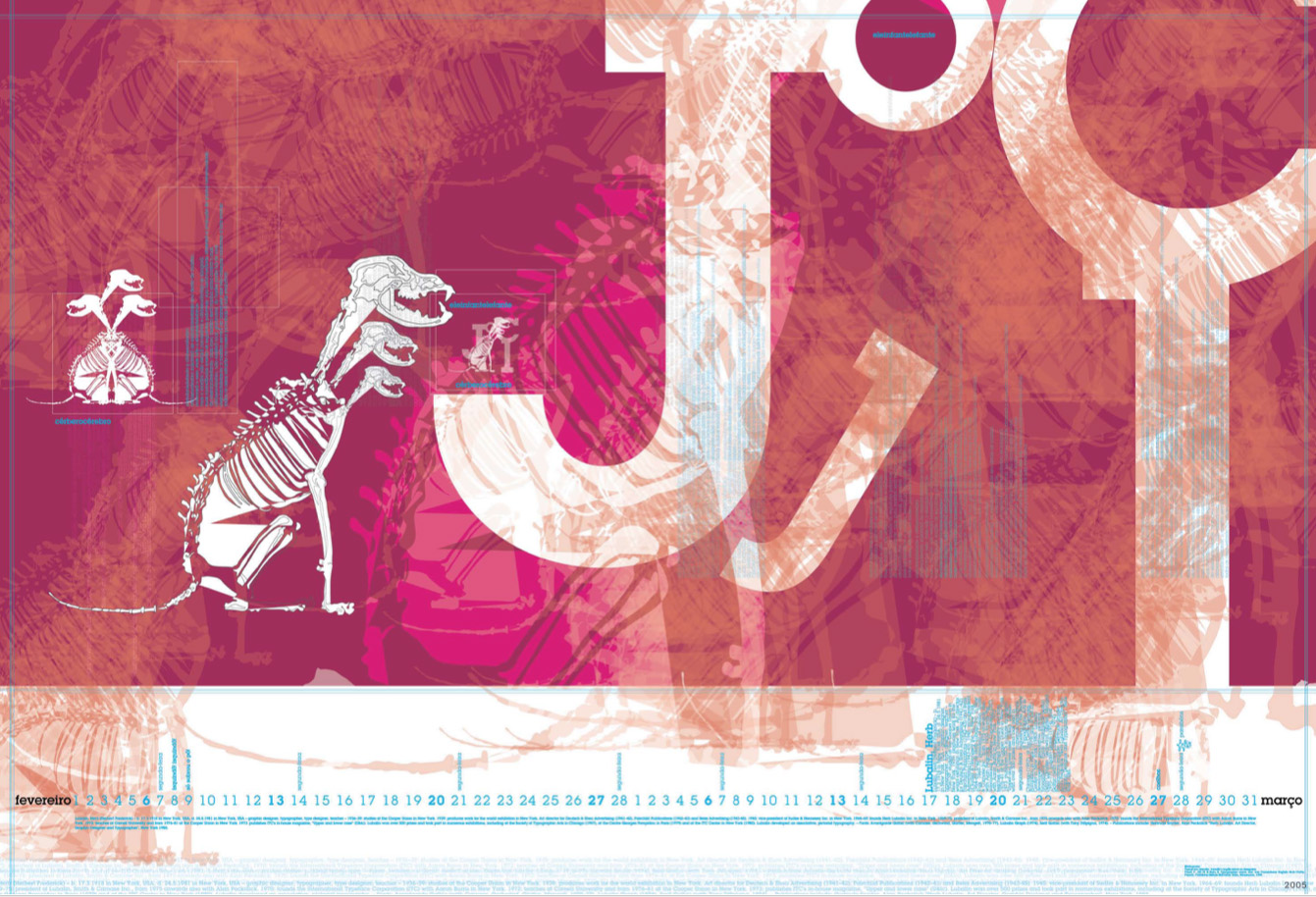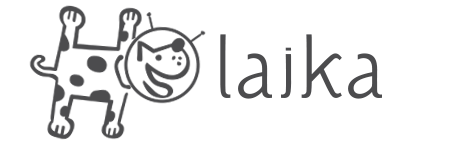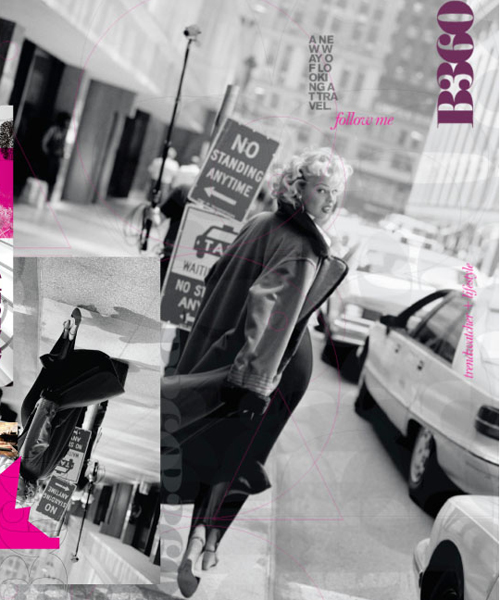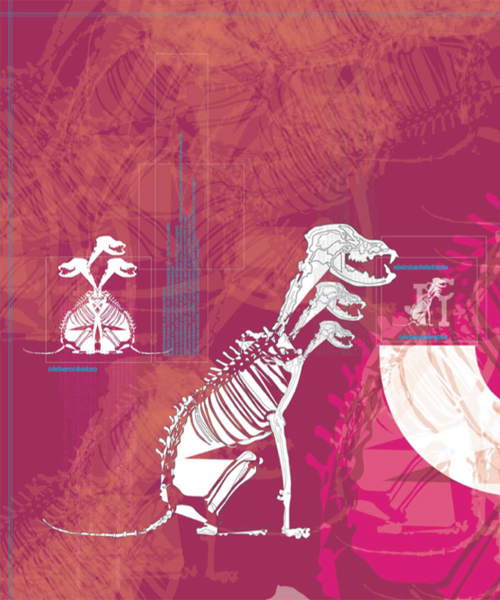
After World War II, the design effectively contributed to trade relations within the capitalist mode of production. Through visual identity systems, companies found a model that allowed the much-desired universality in the way they communicate, necessary to reach different markets and cultures. Olivetti, IBM, and many others have applied such systems. And, if it were in the US, in Brazil, the consumer’s perception of credibility of the brand was a fact.
The principle governing this system is simple: the quality of staying the same – idem ibidem ad eternum – allows the sign to be recognized. It may have roots in semiology, but Nature is a pioneer in the subject: so-and-so has a dimple on the chin, a hooked nose, curly hair, and so on. The repetition of its characteristics allows it to be quickly identified by a series of peculiarities enclosed within a system. Even if the individual coexists in the future with sparse strands of hair.
There is discussion about the rigidity of the proposal. And also the obvious polemic over universality. A system that repeats itself in Brazil as well as in the USA incurs the mistake of denying the particularities, that is, the so-called regionalisms and their cultural diversities. We enter the paradox. But we leave it then, because what interests us is the applicability of the visual identity system.
First we determine the object, in this case the mark. That is, a sign that shares two semiological systems, writing and drawing. In the first case, we have the statement, for example, IBM or Coca-Cola. In the second, the spelling that uses typological and iconological resources. Thus we have two plans: the discourse, to which branding positions itself as a subject; the pictorial, for which the graphic design emerges. In fact, there is no opposition between subjects, but complementarity. Returning to the personification of the brand, imagine the life of an individual.
How to present it in different times, at 12 and 40 years, without losing the identity?
The graphic design allows the brand to find a system in which graphic elements will recur, allowing the perception of the particularities of the brand in adverse situations and diverse media. From the folder to the website, from the card to the signage, from the press kit to the social report, the graphic designer will structure and perpetuate a visual concept. The system, depending on the proposal, will involve more or less tonal variations – as in jazz. And the result will be perceived in the whole of the work, in the repetition of elements, in the realization of the imaginary universe, in the long-term project. And above all in the perception of the consuming public. Roughly speaking, the contrast between communication based on a visual identity system and another generated in improvisation and lack of planning is remarkable, since the former establishes itself in space, transpiring, through graphic elements, its brand values.
Is a project of this scope only accessible to large corporations? No, it’s not. The evolution of the technological processes and the valorization of the graphic designer allow the accessibility to projects of implementation of visual identity systems within values compatible with the financial reality of companies, be they regional or globalized.




